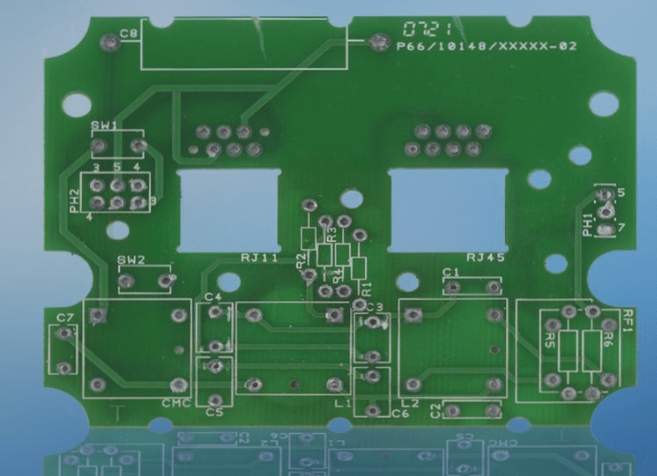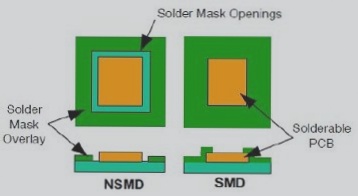1. The thickness of the dielectric layer is directly proportional to the impedance value.
2. The dielectric constant is inversely proportional to the impedance value.
3. The thickness of the copper foil is inversely proportional to the impedance value.
4. The line width is inversely proportional to the impedance value.
5. The ink thickness is inversely proportional to the resistance value.
Therefore, attention should be given to these factors when controlling impedance.
B. Grounding wire design for printed circuit boards
The grounding wire design in printed circuit boards is crucial. Currently, printed circuit boards remain the primary method for assembling electronic equipment in various systems. Experience has shown that even with a correct circuit schematic, an improper PCB design can negatively impact the overall reliability of electronic devices.

1. For instance, when fine parallel traces on a printed circuit board are closely spaced, they can induce signal waveform delays and cause reflected noise at transmission line terminals. Thus, it’s crucial to employ appropriate design methods when developing PCBs. Grounding plays a pivotal role in managing interference in electronic devices. By effectively combining grounding with shielding, most interference issues can be effectively mitigated. The grounding scheme in electronic devices typically includes systematic elements such as enclosure (shielded), digital (logic), and analog components.
2. Several considerations should guide the design of grounding connections:
1. In low-frequency circuits where signal operation is below 1 MHz and wiring inductance is minimal, the choice between single-point and multi-point grounding is critical. Opt for single-point grounding to minimize the impact of circulating currents. Conversely, at frequencies above 10 MHz, where ground impedance increases significantly, prioritize multi-point grounding to reduce impedance. For frequencies between 1 to 10 MHz, ensure grounding wire lengths do not exceed 1/20 of the wavelength to maintain effective grounding.
2. Digital and analog circuits on the same board, featuring high-speed logic and linear circuits, should be segregated wherever possible. Avoid separate grounding from the power supply and increase the grounding area for linear circuits.
3. Utilize thick grounding wires to stabilize ground potential against current fluctuations. Thinner wires can lead to unstable timing signals and poorer noise immunity. Ideally, ground wires should exceed 3mm in width to accommodate permissible currents on the PCB.
4. Implement closed-loop grounding designs for digital circuits within the PCB. This approach, by reducing potential differences caused by high-power components, significantly enhances noise immunity. Converting the grounding structure into a closed loop minimizes potential differences, thereby improving overall electronic equipment noise performance.




